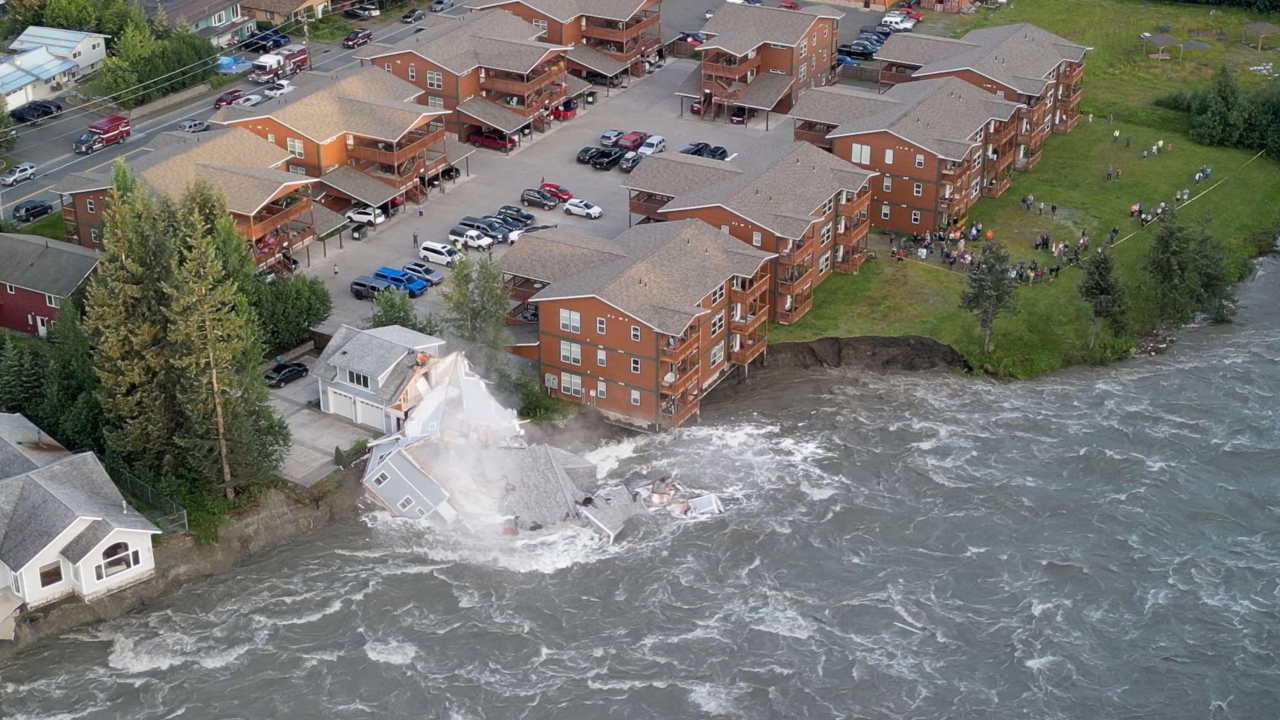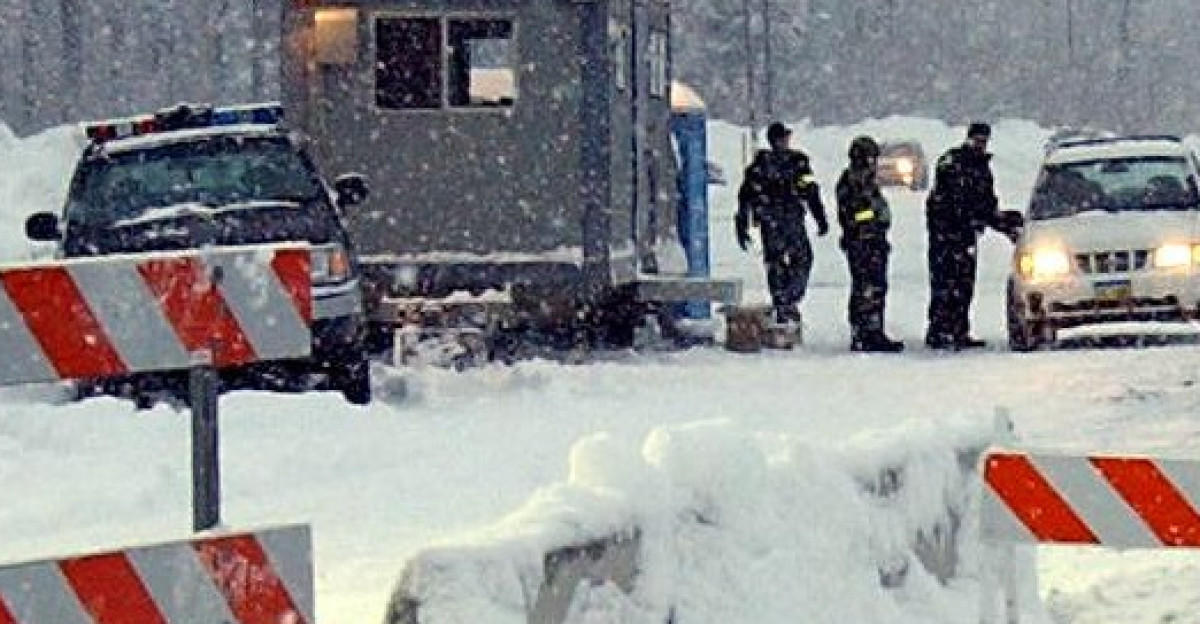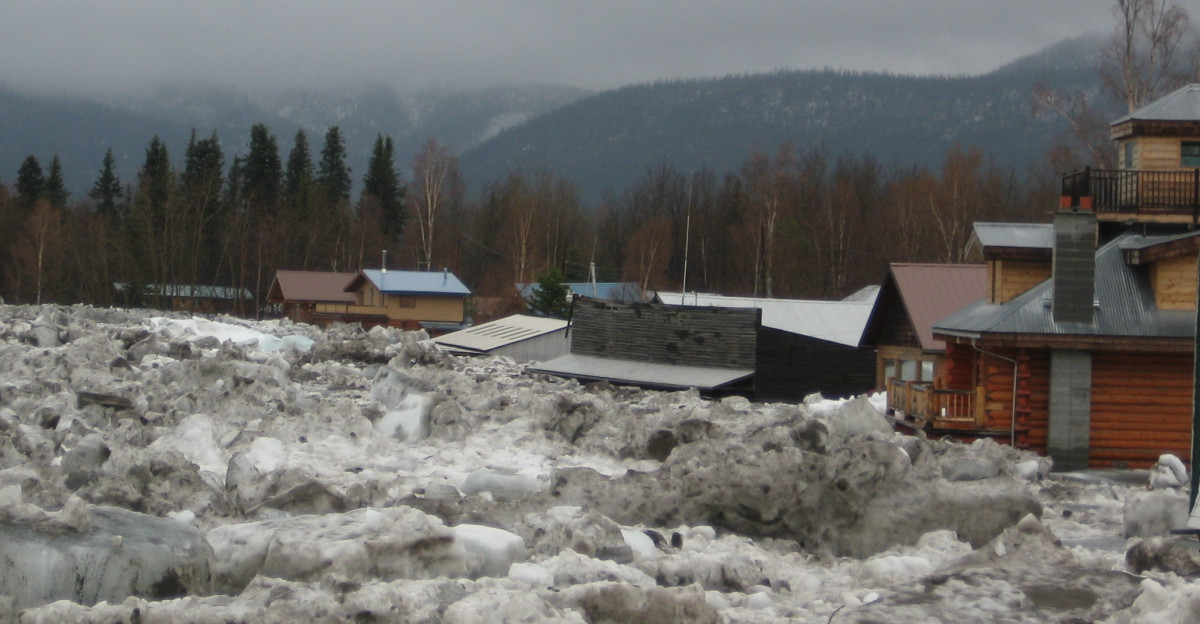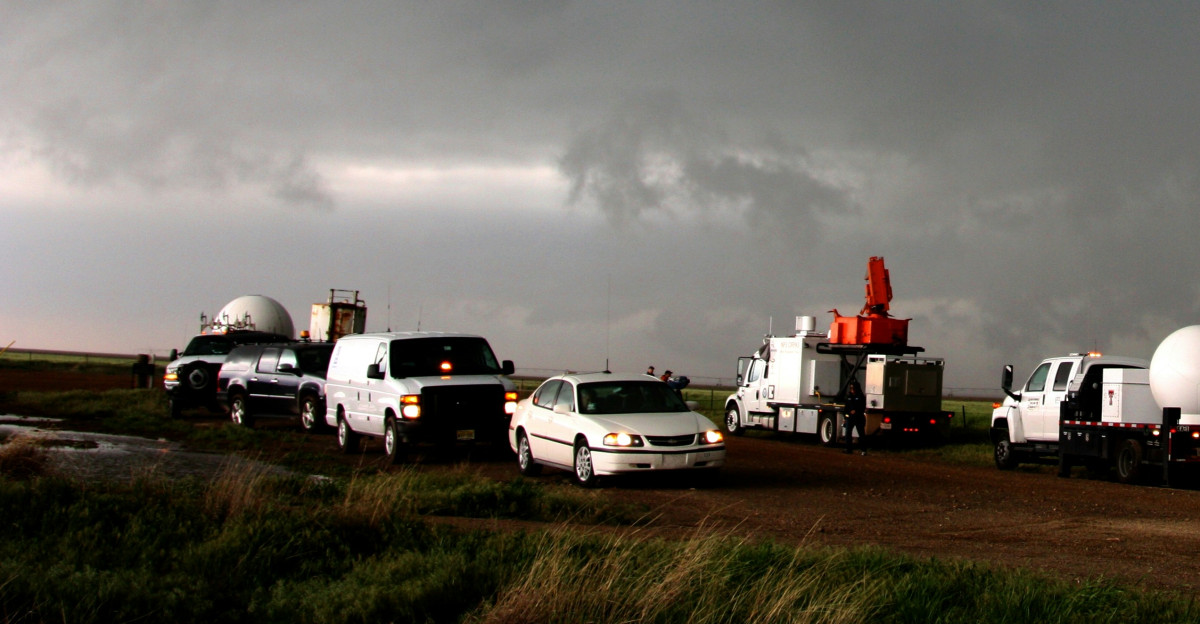
In mid-October 2025, the remnants of Typhoon Halong carved a path of destruction through western Alaska that forecasters had failed to predict. The storm’s surge and hurricane-force winds devastated villages like Kwigillingok and Chevak, sweeping homes from their foundations and killing at least one resident. Over 1,500 people were displaced in what officials called one of the largest peacetime evacuations in state history. The catastrophic forecast failure immediately raised questions about recent cuts to the region’s weather balloon program.
Staffing Cuts Silenced Critical Data

The forecast breakdown traced directly to drastic federal reductions earlier in 2025. In late February, President Trump’s Department of Government Efficiency eliminated roughly 880 NOAA employees. Within days, the National Weather Service suspended weather balloon launches at Kotzebue indefinitely due to staffing shortages.
By late summer, Alaska had lost critical atmospheric observations. No daily balloon launches occurred at Kotzebue or St. Paul Island, while Bethel, King Salmon, and Cold Bay operated at half capacity with only one launch per day instead of two. These balloons provide irreplaceable data on temperature, humidity, wind speed, and pressure—information that computer models require to predict storm tracks accurately.
Villages Caught Without Warning

The sparse observational network proved catastrophic when Halong approached. Models consistently predicted the storm would strike farther northwest than it ultimately did, leaving coastal communities unprepared.
By Sunday morning, October 12, a massive surge tore through Kwigillingok, Chevak, and Napakiak with little advance notice. Floodwaters ripped dozens of homes from their foundations. Coast Guard and National Guard helicopters plucked more than 50 people—and two dogs—from rooftops as structures floated toward the Bering Sea.
Alaska State Troopers later confirmed that 67-year-old Ella Mae Kashatok died in the disaster. Two men, 71-year-old Vernon Pavil and 41-year-old Chester Kashatok, remained missing after their home was swept away. Officials in Kipnuk reported 121 homes destroyed.
Private Firms Rush Into Data Vacuum

As government weather services faltered, private companies moved swiftly to fill the gap. WindBorne Systems, a Palo Alto startup, began launching its own weather balloons in Kotzebue in February and selling atmospheric data back to NOAA. Companies like Tomorrow.io, Saildrone, and Black Swift similarly stepped in to provide real-time observations.
Alaska Native corporations and local governments now contract directly for proprietary forecasts, marking a fundamental shift in how remote regions access weather information.
Forecasters Issue Stark Warnings

Veteran Alaska meteorologists openly blamed the cuts for the forecast failure. Rick Thoman, a climate specialist at the University of Alaska Fairbanks, warned that with balloon data absent, “you can’t do data denial experiments if there’s no data to deny”—meaning the impact on forecasts was inevitable. He characterized the situation as “the nightmare scenario” for forecasters.
Inside the National Weather Service, the staffing crisis created dangerous conditions. Forecasters reported working alone for extended shifts during the storm, with some routinely pulling 16-hour days as the agency struggled to maintain basic operations.
Senate Commerce Chair Maria Cantwell announced hearings on NOAA staffing and forecast failures. The senator urged the administration to invest in modernizing America’s weather infrastructure rather than continuing cuts. Meanwhile, Alaska communities pressed for federal disaster assistance to restore power, water, and lost supplies.
Reckoning for Arctic Forecasting

Halong crystallized a critical inflection point for U.S. weather services. The storm’s destruction demonstrated that cutting observational networks carries life-or-death consequences in remote regions where residents depend on accurate forecasts for survival.
Internationally, partners moved to compensate for U.S. gaps, with Canada expanding Arctic monitoring and Russia increasing atmospheric observations across the Bering Strait region. Global forecast centers noted the particularly large errors in U.S. models during Halong’s approach.
As Alaska faces months of difficult recovery with winter approaching, the fundamental question remains whether the government will rebuild essential weather networks or allow private companies to permanently replace public infrastructure. For communities still picking through the wreckage, the answer cannot come soon enough.